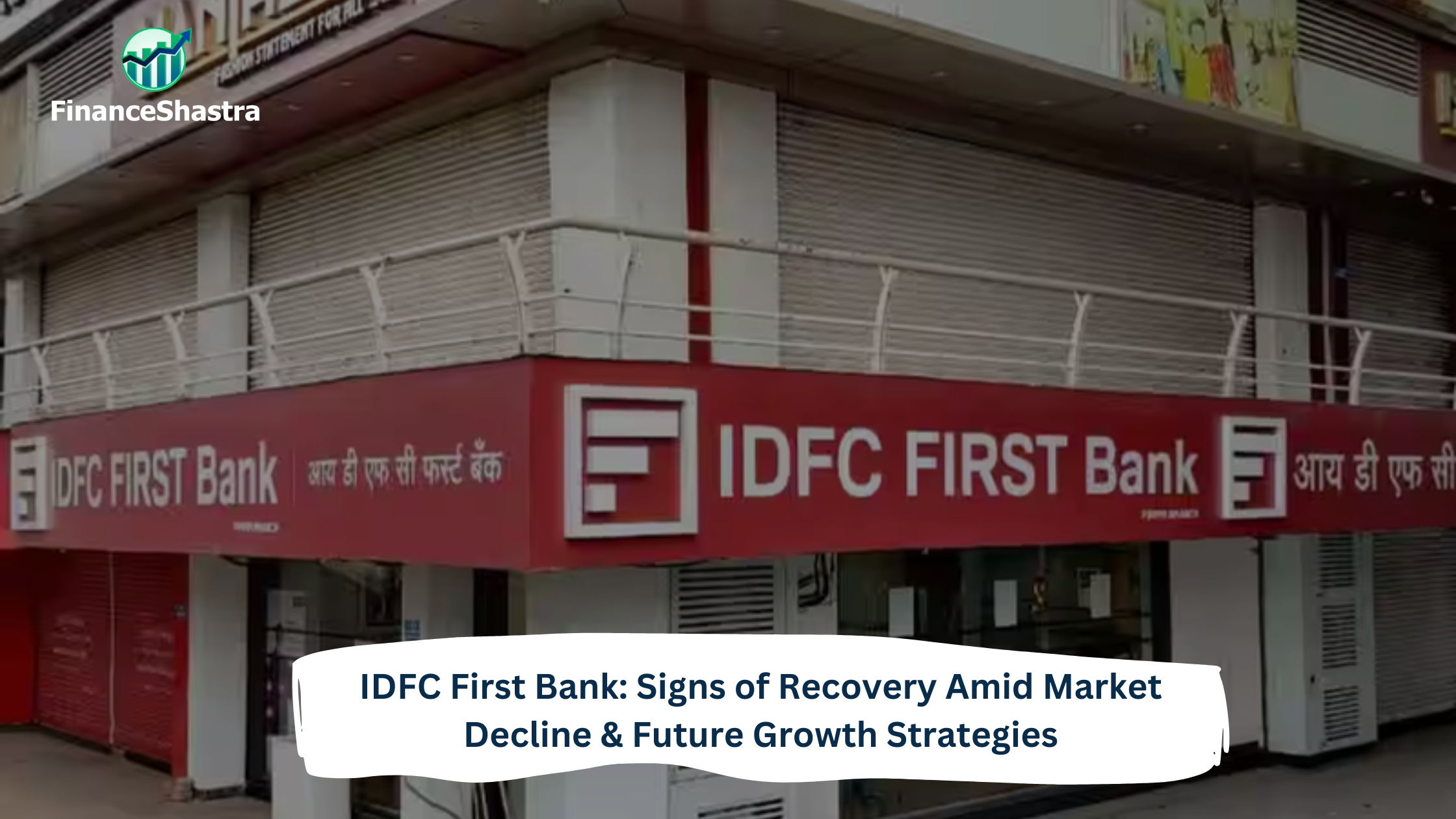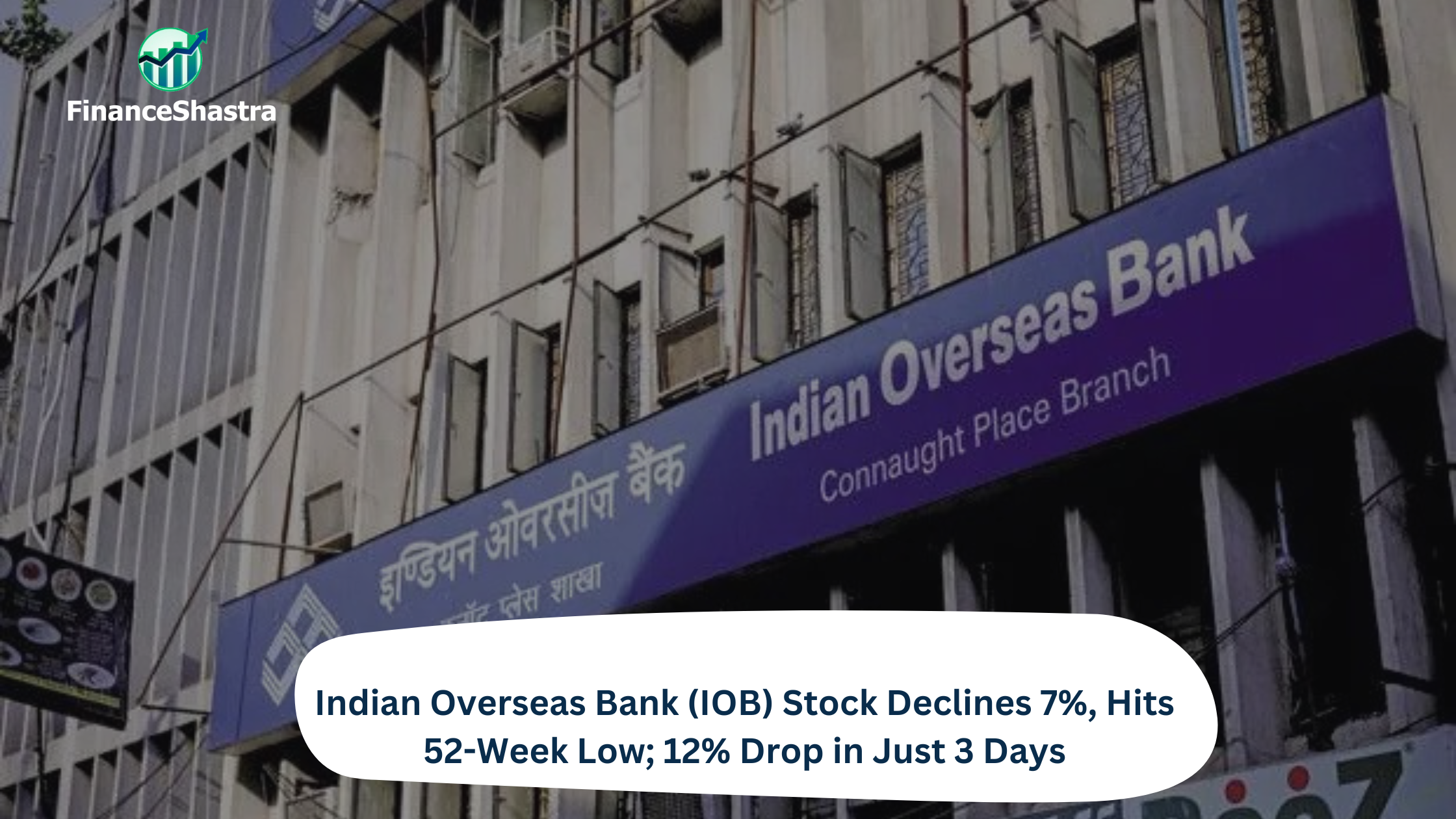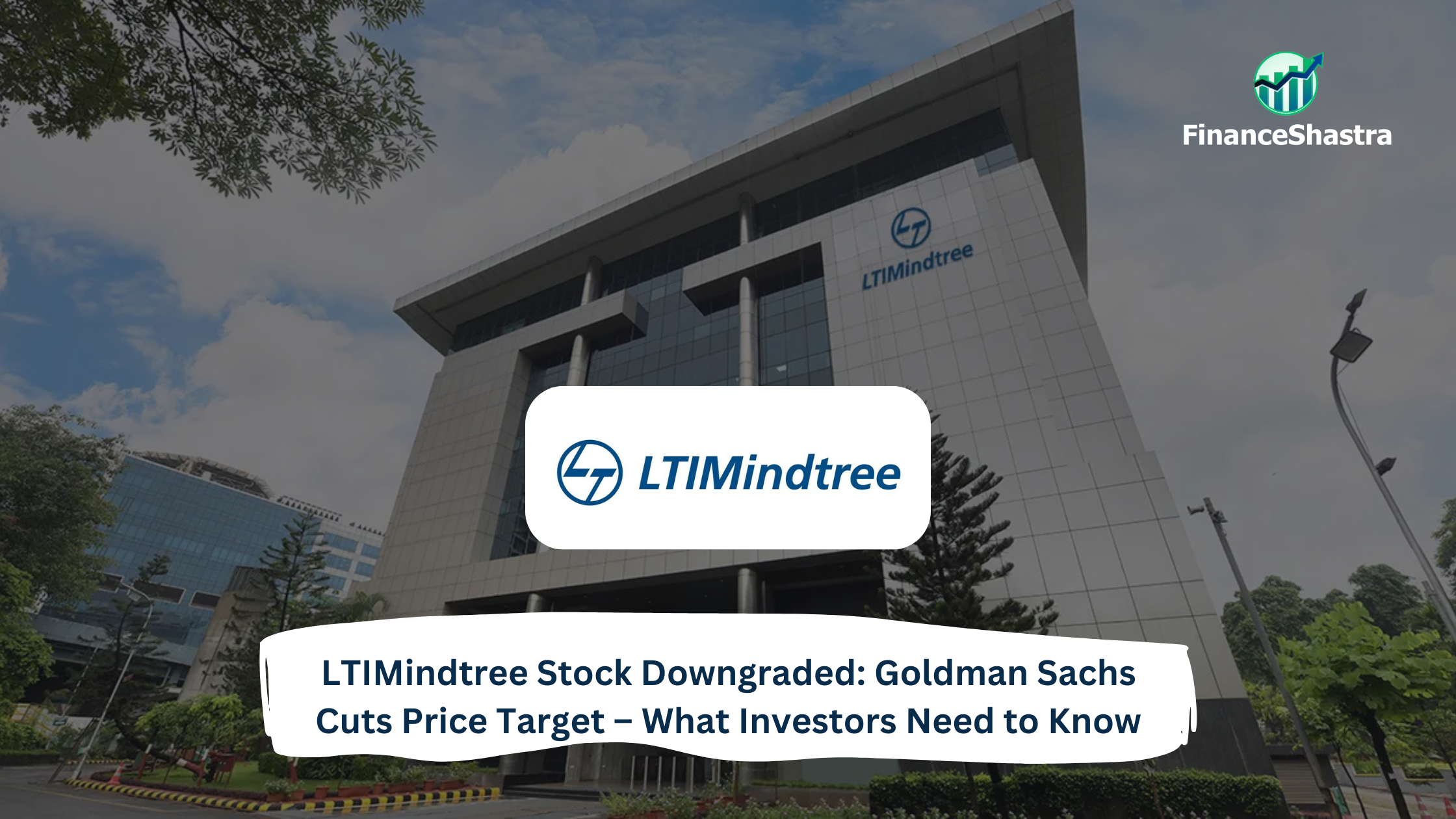Lemon Tree Hotels Ltd: Growth Story, Stock Analysis & Future Prospects
Business and Industry Overview:
Lemon Tree Hotels Ltd is one of the biggest hotel chains in India. It provides comfortable stays at affordable prices. In the early 2000s, most branded hotels in India were luxury hotels. This meant that travelers who wanted mid-range or budget hotels had very few choices. Business travelers and middle-class families needed good hotels at fair prices. However, there were not many options. Seeing this gap, Patu Keswani started Lemon Tree Hotels in 2002. The company focused on providing high-quality stays at mid-range prices. It became the first major brand in the mid-priced hotel market in India. In May 2004, Lemon Tree opened its first hotel. It had only 49 rooms. Over the years, the company grew rapidly. Today, it has more than 160 hotels across India and other countries. Lemon Tree has hotels in big metro cities like Delhi, Mumbai, Bangalore, Chennai, and Hyderabad. It also operates in smaller cities like Jaipur, Udaipur, Kochi, and Indore. In December 2019, Lemon Tree opened its first hotel in Dubai. In February 2020, it opened a hotel in Bhutan. The company is also planning to open new hotels in Nepal and other countries. Lemon Tree follows a smart business model. It owns, leases, and manages hotels. This helps the company expand quickly without spending too much money on buying new properties. In 2018, it became a public company. It was listed on the National Stock Exchange (NSE) and the Bombay Stock Exchange (BSE). In 2019, it acquired Berggruen Hotels, which owned the Keys brand. This added almost 2,000 rooms across 21 cities to Lemon Tree’s portfolio. Lemon Tree also focuses on social responsibility. It hires people from poor backgrounds and people with disabilities. About 20% of its employees belong to these groups. The company also has a special animal-friendly policy. Each Lemon Tree hotel adopts a stray dog from the area. The dogs are groomed and taken care of by the staff. This makes Lemon Tree the biggest corporate adopter of stray dogs in India. Lemon Tree Hotels continues to grow and expand. It is one of the largest hotel brands in India. With affordable stays, great service, and a strong social vision, it is set to grow even further in the future.
India’s hotel and tourism industry is growing fast. More people are traveling for work, vacations, religious trips, and medical treatments. Many Indians now have more money to spend on travel. Foreign tourists are also increasing. India expects 30.5 million international visitors by 2028. The government is helping by building better roads, airports, and tourist places. India has many types of hotels. Luxury hotels like Taj, Oberoi, and Marriott offer high-end services. Mid-range hotels like Lemon Tree and Ginger give good service at lower prices. Budget hotels and homestays are cheaper and simpler. Resorts are popular in holiday places. People now book hotels online using websites like MakeMyTrip, Yatra, and Booking.com. Medical tourism is increasing. Many foreigners come to India for good and low-cost medical treatments. Religious tourism is also growing. Many people visit Varanasi, Ayodhya, Tirupati, and other holy places. The government is supporting tourism with new projects. The Swadesh Darshan Scheme helps to improve tourist places. The PRASHAD Scheme is for religious sites. Hotels are using new technology to make things easier. Many now have online check-ins, smart rooms, and AI-powered services. The future of India’s hotel industry looks bright. More people are traveling. Many new hotels are opening. The industry may add US$ 3 trillion to India’s economy by 2047. It will help India grow.
Lemon Tree Hotels is a big hotel chain in India. It is the top brand for mid-priced hotels. Expensive hotels like Taj and Marriott charge high prices. Cheap hotels like OYO and FabHotels give basic rooms. Lemon Tree is in the middle. It offers good quality rooms at fair prices. Business travelers and tourists like staying here. It has seven hotel brands. Some hotels are luxury. Some are mid-range. Some are budget-friendly. This helps different types of travelers find the right hotel. The company has hotels in big cities like Delhi, Mumbai, and Bangalore. It also has hotels in smaller towns. Many big hotel brands do not operate in small towns. But Lemon Tree does. The company uses modern technology. Guests can do online check-ins. Some rooms have smart technology. The company also cares about the environment. It saves water and energy. It takes eco-friendly steps to reduce waste. Lemon Tree also helps people with disabilities. It gives them jobs in hotels. Each hotel adopts a stray dog. These dogs become the hotel’s mascots. Lemon Tree is growing fast. It has more than 100 hotels. It is opening 60+ more hotels. It is also expanding to other countries. It has hotels in Dubai, Bhutan, and Nepal. The company focuses on low costs. It provides good service. It keeps expanding to new places. This helps it stay ahead of its competitors.
Latest Stock News:
Lemon Tree Hotels opened a new hotel in Pune on April 1, 2025. It is in Chinchwad and is the 12th Lemon Tree hotel in Maharashtra. The hotel has 117 rooms, a restaurant, a gym, and a swimming pool. It also has big halls and meeting rooms for business events. After this news, the company’s stock price went up by 1.06% and reached ₹138.35. On the same day, the company changed the name of another hotel in Pune. “Keys Select by Lemon Tree Hotels, Pimpri, Pune” is now called “Keys Prima by Lemon Tree Hotels, Pimpri, Pune.” This hotel is owned by a Lemon Tree subsidiary. The hotel was renovated and now has 101 modern rooms, a restaurant, an outdoor dining area, a bar, and a gym. The lobby and reception have also been improved to make guests feel comfortable. Lemon Tree Hotels is opening more hotels in new cities. In March 2025, the company planned new hotels in Vrindavan, Uttar Pradesh, and Navsari, Gujarat. The Vrindavan hotel will open in FY26. The Navsari hotel will open in FY28. Both hotels will be managed by Carnation Hotels, which is part of Lemon Tree Hotels. The company is making good profits. In the third quarter of FY25, it earned ₹62.49 crore. This is 77% more than last year at the same time. Because of this, the stock price went up by 4%. Experts think the company will do well. HDFC Securities advised people to buy Lemon Tree Hotels’ stock. They set a target price of ₹155. They believe the company will grow because more people want hotels. The company also plans to clear its debts in two to three years. Lemon Tree Hotels is growing fast. It is opening new hotels and improving old ones. It is making good profits and becoming stronger in the hotel business.
Potentials:
Lemon Tree Hotels has many plans for the future. It wants to open more hotels in India. Two new hotels are coming to Vrindavan and Navsari. The Vrindavan hotel will open in 2026. The Navsari hotel will open by 2028. A part of Lemon Tree Hotels, called Carnation Hotels, will manage them. The company wants to grow in big cities, small towns, and tourist places. More people will stay in Lemon Tree Hotels. This will make the company more famous. Lemon Tree Hotels also wants to reduce its debt. It plans to clear all its loans in two to three years. This will make the company stronger. The company is improving old hotels. It is adding new rooms, better furniture, and more services. This will make guests happy. Lemon Tree Hotels cares about nature. It is saving water, reducing waste, and using less electricity. The company is growing fast. It is opening new hotels, paying off loans, and improving service. It wants to be one of the best hotel brands in India.
Analyst Insights:
- Market capitalisation: ₹ 11,088 Cr.
- Current Price: ₹ 140
- 52-Week High/Low: ₹ 162 / 112
- P/E Ratio: 62.0
- Dividend Yield: 0.00%
- Return on Capital Employed (ROCE): 11.4%
- Return on Equity (ROE): 16.3%
Lemon Tree Hotels is expanding fast. It has 112 hotels with 10,317 rooms in 50+ locations. The company is growing in Bhutan, Nepal, and Dubai. It operates in upscale, midscale, and economy segments.
The company’s sales have increased by 62% in 3 years. In the latest quarter, sales reached ₹355 Cr, up 22.40%. Net profit grew 76.53% to ₹79.84 Cr. The company has a high profit margin of 49%. This means it keeps almost half of its revenue after expenses.
However, the stock is expensive. It has a P/E ratio of 62.0, which is high. The stock price is 10.9 times its book value. This means investors are paying a premium.
There are risks. Promoter holding has fallen by 3.11% in 3 years. This may worry investors. The company has a high debt of ₹2,336 Cr. This increases financial risk. If interest rates go up, loan payments will be costly. The company does not pay dividends. Investors can only profit if the stock price rises.
Despite the risks, Lemon Tree is a leading hotel chain. It has steady growth. The hospitality industry is recovering fast. This will benefit the company. Investors should consider both growth potential and financial risks before buying the stock.










